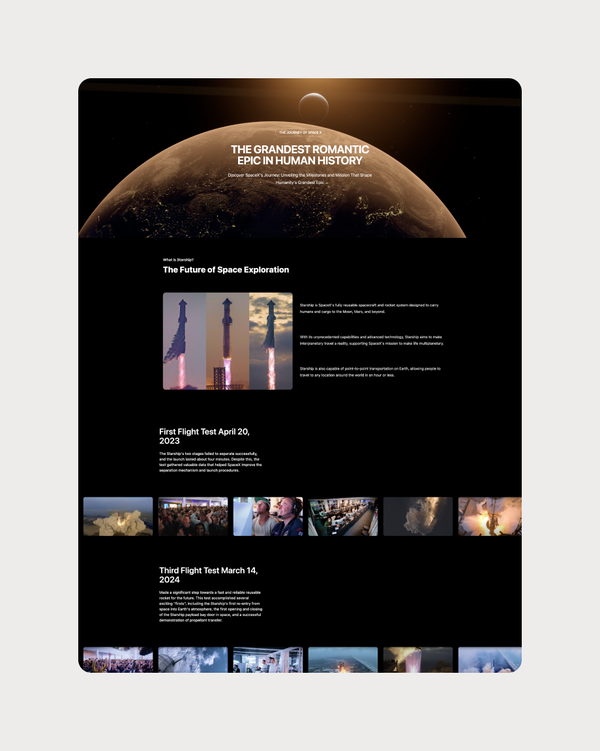How to Master Web Application Design
The Ultimate Guide to Web Application Design
Web Application Design
Web hosting is a critical component of any website or online business. It refers to the service that allows individuals and organizations to post a website or web page onto the internet. Web hosting providers are companies that provide the technology and server space needed to make websites accessible on the World Wide Web. In this article, we will discuss the importance of web hosting, different types of web hosting, and factors to consider when choosing a web hosting provider.

What Is Web Application Design?
Web Application Design
One of the most popular free site builders for artists is WordPress. WordPress is a versatile platform that is used by millions of websites around the world. It offers a range of customizable templates and themes that can be easily tailored to suit the needs of any artist. Whether you are a painter, photographer, sculptor, or any other type of visual artist, WordPress provides the tools you need to create a stunning online portfolio.
WordPress is known for its user-friendly interface, making it easy for even the least tech-savvy artists to build and maintain their website. The platform also offers a wide range of plugins that allow you to add features such as image galleries, contact forms, and social media integration. With WordPress, you can create a professional-looking website that showcases your work in the best possible light.
Another free site builder option for artists is Wix. Wix is a drag-and-drop website builder that is perfect for artists who want to create a visually stunning website without needing to know how to code. Wix offers a range of customizable templates that can be easily customized to suit your artistic style. Whether you are looking to create a simple portfolio website or a more complex online gallery, Wix provides the tools and resources you need to bring your vision to life.
Wix also offers a number of features specifically designed for artists, such as a built-in image editor that allows you to easily crop, resize, and enhance your images. The platform also offers integration with popular social media platforms, making it easy to share your work with a wider audience. With Wix, you can create a professional website that showcases your artwork and helps you connect with potential buyers and fans.
Squarespace is another popular free site builder option for artists. Squarespace offers a range of professionally designed templates that are perfect for showcasing visual artwork. Whether you are a photographer, illustrator, or designer, Squarespace provides the tools you need to create a beautiful and functional website. The platform also offers a range of features, such as built-in e-commerce capabilities, that make it easy to sell your work directly from your site.
Squarespace is known for its clean and modern design aesthetic, making it a great choice for artists who want to create a stylish and sophisticated online presence. The platform also offers a range of customization options, allowing you to tailor your website to suit your unique style and brand. With Squarespace, you can create a professional website that showcases your artwork in the best possible light.
Web hosting providers offer various types of hosting plans and services to accommodate the needs of different websites. From shared hosting to dedicated servers, there are several options available for individuals and businesses looking to host their websites online.
Shared hosting is the most popular and affordable type of web hosting. With shared hosting, multiple websites are hosted on the same server, sharing its resources such as CPU, RAM, and storage space. This type of hosting is ideal for small websites with low to moderate traffic. However, shared hosting may not be suitable for websites that require high performance or resource-intensive applications.
VPS hosting, or Virtual Private Server hosting, is a step up from shared hosting. With VPS hosting, websites are hosted on virtual servers that mimic dedicated servers. Each website on a VPS server has its own dedicated resources, such as CPU, RAM, and storage space. This type of hosting is ideal for websites that require more control and flexibility but do not need a dedicated server.
Dedicated server hosting is the most powerful and expensive type of web hosting. With dedicated server hosting, websites have their own physical server dedicated solely to their needs. This type of hosting offers maximum performance, security, and customization options. Dedicated server hosting is ideal for websites with high traffic volumes, e-commerce websites, and large enterprises.
Cloud hosting is a relatively new type of web hosting that utilizes cloud computing technology to host websites on virtual servers. With cloud hosting, websites are hosted across multiple servers, providing scalability and flexibility. Cloud hosting is ideal for websites that experience fluctuating traffic levels or require high availability and uptime.
Managed hosting is a type of hosting service in which the web hosting provider manages and maintains the server infrastructure for the website owner. With managed hosting, users do not have to worry about server maintenance, security updates, or technical issues. This type of hosting is ideal for users who do not have the technical expertise or resources to manage their own servers.
There are several factors to consider when choosing a web hosting provider, such as reliability, speed, security, scalability, and customer support. Reliability is critical for ensuring that your website is always accessible to visitors. Speed is crucial for providing a positive user experience and improving search engine rankings. Security is essential for protecting your website from cyber threats and data breaches. Scalability is important for accommodating the growth of your website and handling increases in traffic. Customer support is vital for assisting with technical issues and ensuring that your website remains online and operational.
In addition to hosting services, web hosting providers often offer additional features and services, such as domain registration, website builders, one-click installation of applications, SSL certificates, email hosting, and backup services. These additional features can enhance the functionality and security of your website and simplify the management of your online presence.

How to Master Web Application Design
Web Application Design
In today’s digital age, having a visually appealing and user-friendly website is crucial for the success of any business. A well-designed website can help attract new customers, build credibility, and increase conversion rates. However, designing a website is not as simple as it may seem. It requires a strategic and systematic approach to ensure that the final product meets the needs and expectations of both the business and its target audience. In this article, we will discuss the website design process in detail, outlining the key steps involved in creating a successful website.
Step 1: Define the Purpose and Goals
The first step in the website design process is to clearly define the purpose and goals of the website. This involves identifying the target audience, understanding their needs and preferences, and determining the desired outcomes for the website. For example, is the website meant to generate leads, drive sales, provide information, or showcase products and services? By having a clear understanding of the purpose and goals of the website, you can better tailor the design and content to meet these objectives.
Step 2: Conduct Research
Once the purpose and goals of the website have been defined, the next step is to conduct research. This involves analyzing the competition, researching industry trends, and gathering insights into the preferences and behaviors of the target audience. By conducting thorough research, you can gain a better understanding of what works and what doesn’t in your industry, helping you make informed design decisions.
Step 3: Create a Wireframe
After conducting research, the next step in the website design process is to create a wireframe. A wireframe is a visual representation of the layout and structure of the website, showing the placement of various elements such as navigation menus, headers, footers, and content sections. Creating a wireframe allows you to plan the overall design and functionality of the website before moving on to the visual design phase.
Step 4: Design the Visual Elements
Once the wireframe has been finalized, the next step is to design the visual elements of the website. This involves creating a visually appealing and consistent design that reflects the brand identity and resonates with the target audience. Elements such as color scheme, typography, imagery, and layout are carefully considered to create a cohesive and attractive design that conveys the desired message and engages users.
Step 5: Develop the Website
After the visual design has been approved, the next step is to develop the website. This involves coding the design into a functioning website using HTML, CSS, and other programming languages. During the development phase, the website is tested for functionality, responsiveness, and compatibility across different devices and browsers to ensure a seamless user experience.
Step 6: Test and Optimize
Once the website has been developed, it is essential to test and optimize its performance. This involves conducting usability tests to identify any usability issues, testing load times to ensure fast page speeds, and optimizing the website for search engines to improve visibility and accessibility. By testing and optimizing the website, you can ensure that it meets the needs and expectations of users, leading to better engagement and conversions.
Step 7: Launch and Monitor
The final step in the website design process is to launch the website and monitor its performance. This involves deploying the website to a live server, promoting it to the target audience, and tracking key metrics such as traffic, engagement, and conversions. By monitoring the performance of the website, you can identify areas for improvement and make informed decisions to optimize its effectiveness over time.


